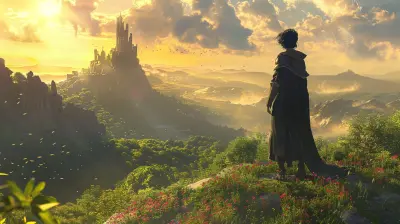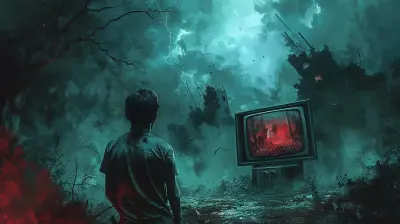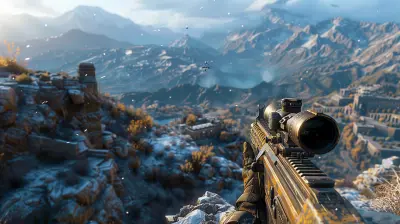The Rise of Indie JRPGs: Small Teams, Big Worlds
7 October 2025
Let’s take a trip down memory lane. Think back to the first time you played a JRPG—whether it was Final Fantasy, Chrono Trigger, or maybe even Persona. Remember how it grabbed you? The compelling characters, the emotional storytelling, and the sprawling worlds that made you lose track of time? Yeah, same here. Now, fast forward to today, and we’re seeing a new era of JRPGs rise—not from massive studios, but from passionate indie developers pouring their hearts into creating epic adventures.
In this article, we’re digging deep into the incredible phenomenon known as the indie JRPG movement. These games aren’t just smaller versions of their AAA counterparts. They’re bold, full-fledged experiences crafted by small teams, sometimes even solo devs, who are redefining what JRPGs can be.
So grab your controller (or keyboard), and let’s dive into how these small teams are building big worlds—and why you should absolutely care.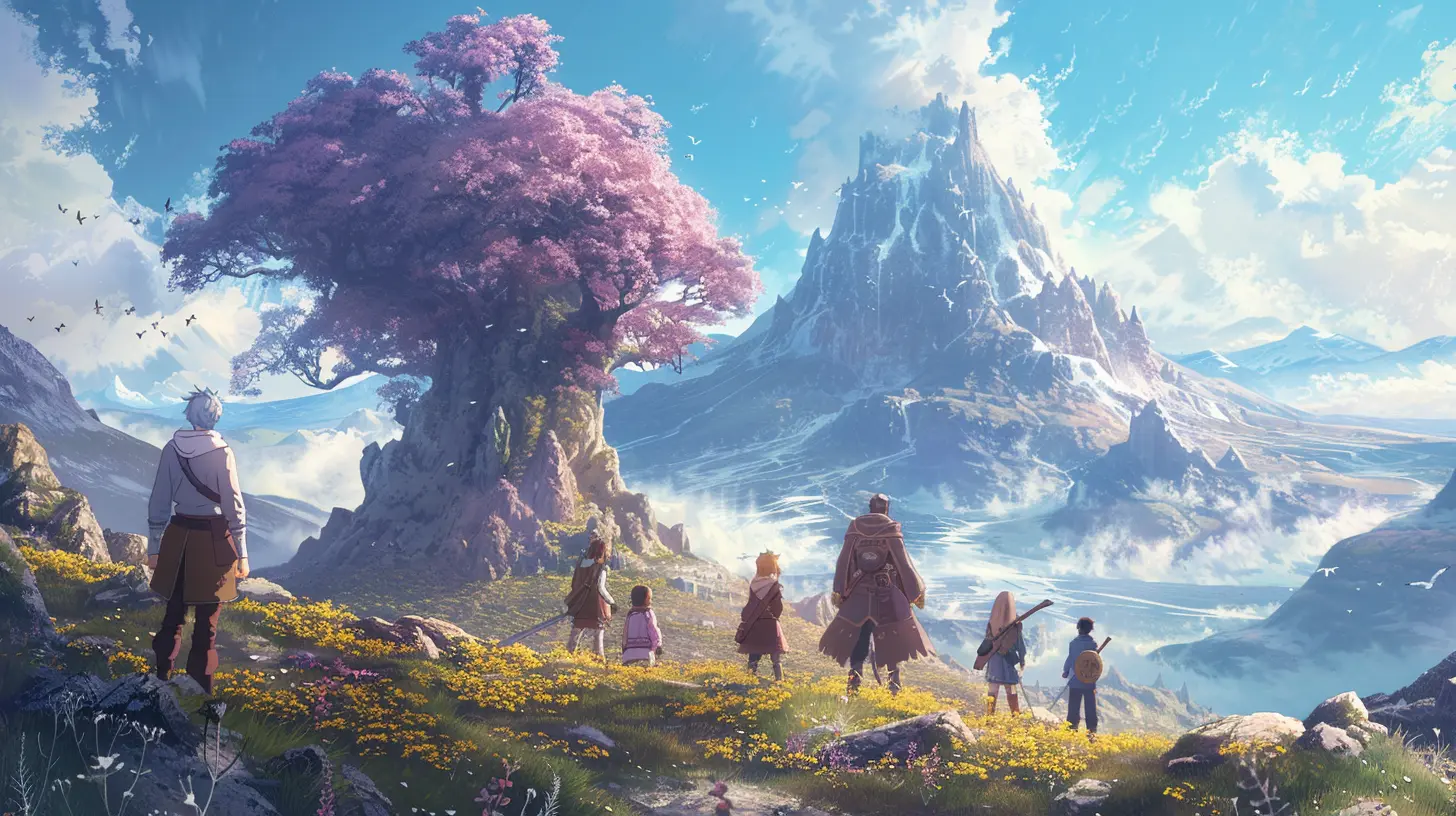
What Is an Indie JRPG, Anyway?
Before we go further, let’s get on the same page. When we say “indie JRPG,” what are we talking about?Breaking it down:
- “Indie” means independent. These games are created outside major studios. No big publishers, no huge budgets.
- “JRPG” stands for Japanese Role-Playing Game. While traditionally made in Japan, the genre now refers more to a style than nationality—turn-based battles, character-driven narratives, colorful worlds, and deep progression systems.
Put simply, an indie JRPG is a game inspired by classics like Dragon Quest and Suikoden, but made by a smaller team—sometimes even by a single person in their bedroom with a dream (and a lot of coffee).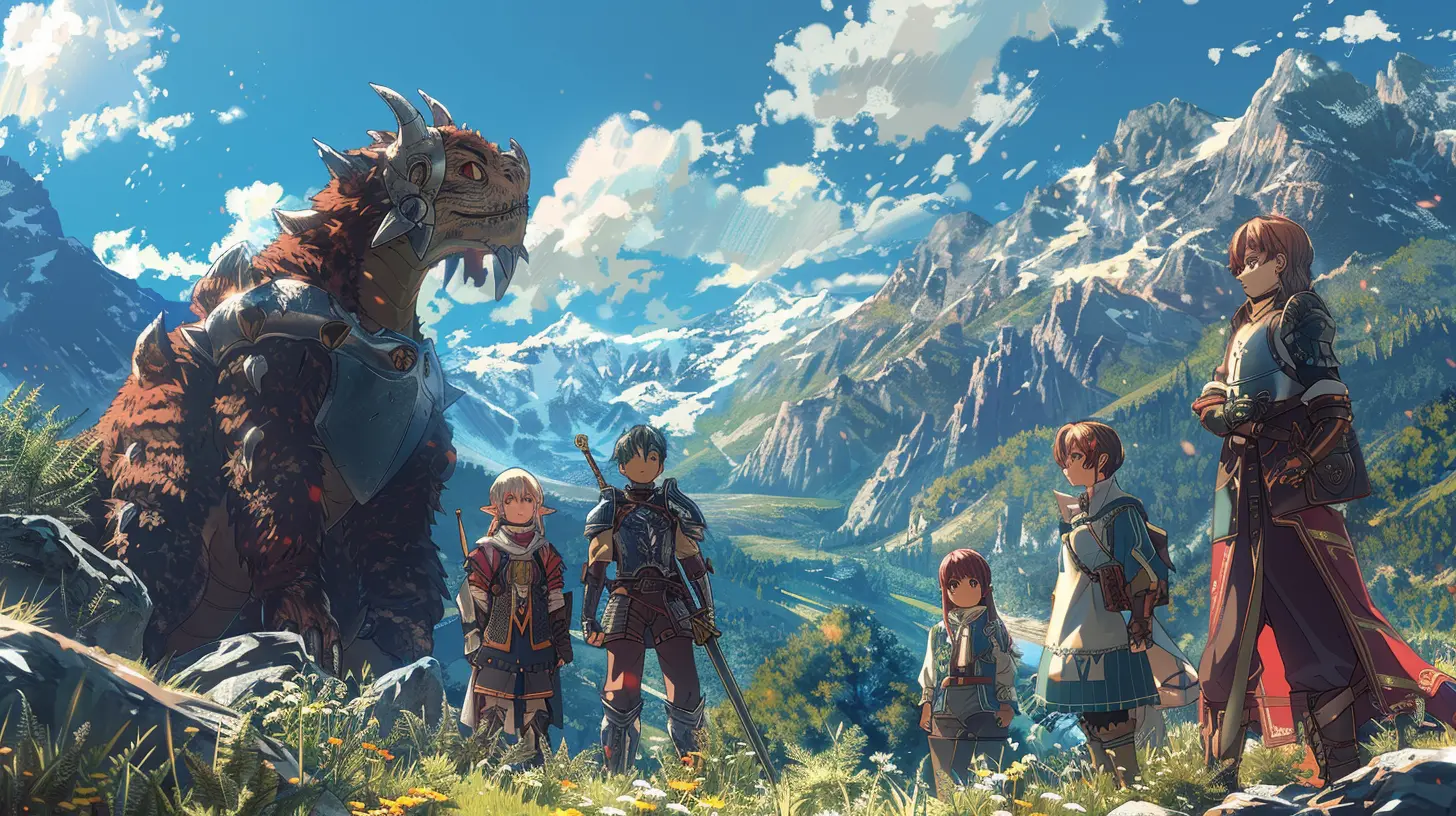
From Pixel Dreams to Global Recognition
Once upon a time, if you weren’t Square Enix, Atlus, or Bandai Namco, it was tough to get noticed in the JRPG space. But let’s be real—things have changed.Thanks to digital platforms like Steam, itch.io, and Nintendo eShop, indie devs now have direct access to players all over the world. You don’t need a shelf at GameStop—you just need a good game and a story worth telling.
Take a game like Chained Echoes, developed almost entirely by one guy (Matthias Linda). It's packed with sky armor, dragons, stunning pixel art, and a story that could rival any AAA title. The release? Critically acclaimed. Fans? Obsessed. And that’s just one example.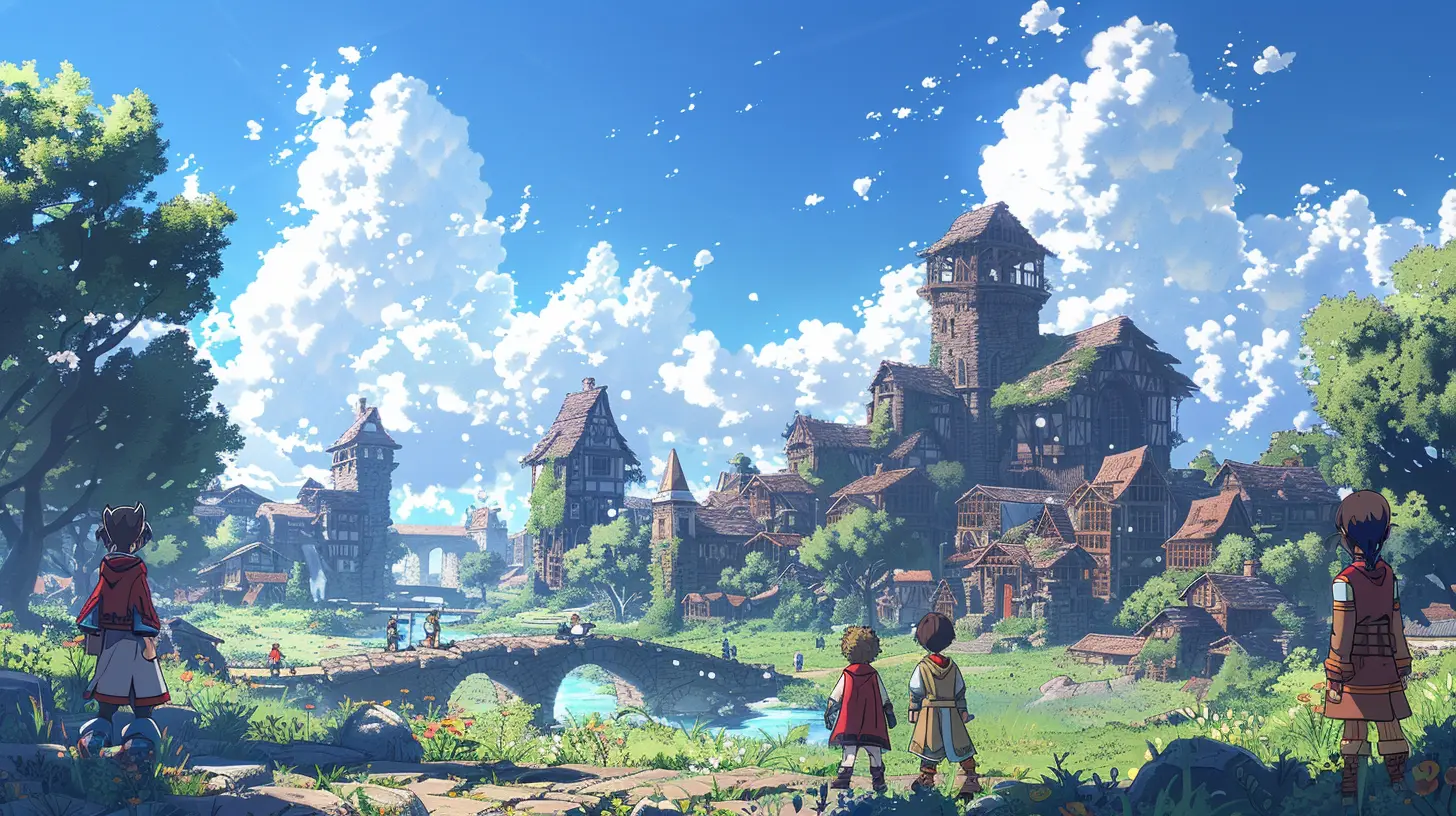
The Secret Sauce: Passion Over Profit
Here’s something you’ll notice right away when you play an indie JRPG: these games ooze love.Big studios? Sure, they’ve got the budget. But they also have shareholders, deadlines, and marketing checklists. Indie teams? They’re driven by passion, not profits. These folks are often lifelong fans of the genre, trying to recreate that magic they felt as kids—but on their own terms.
They’re not afraid to take risks either. Want a turn-based battle system where enemies grow if you spam the same attacks? Done. A story that deals with grief and existential dread wrapped in pixel perfection? Bring it on. Indie devs experiment, and that's why so many of their games stand out.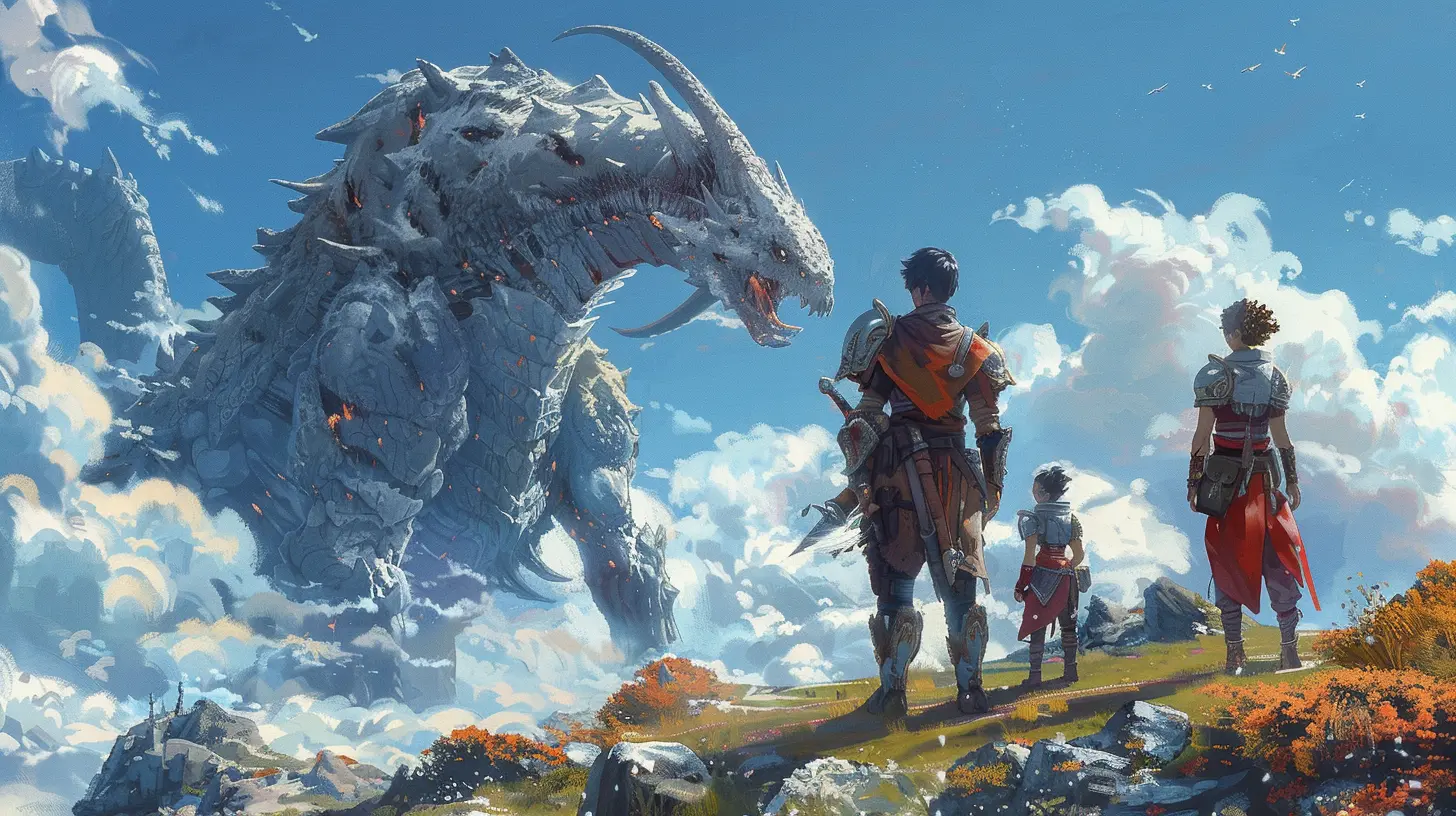
Nostalgia Meets Innovation
If you’ve ever wished developers would “make games like they used to,” indie JRPGs heard you loud and clear. These games tap into that sweet 16-bit nostalgia—think SNES and early PlayStation eras. But here’s the twist: they don’t just copy the past—they evolve it.Games like CrossCode nail that old-school vibe but add modern gameplay elements like real-time action combat and puzzle-solving. Others, like Undertale, completely flip expectations upside down—challenging traditional RPG mechanics with choices that really matter.
It’s like finding your childhood diary and realizing the writing has only gotten better.
Small Teams, Huge Ambitions
You’d think with tiny teams, scope would be limited, right? Nope. These developers are building vast worlds filled with lore, side quests, character arcs, and, yes, emotional gut punches.Why? Because they care. They’re not bound by corporate red tape. They can take the time to craft a world that feels real—even if it’s made of pixels.
Take Sea of Stars—it was made by a small Canadian studio, but the game looks, sounds, and feels like a lost relic of the golden JRPG era. Yet, underneath the surface, it’s polished, deep, and full of surprises only a carefully passionate team could deliver.
And let’s not forget the music. These devs often collaborate with legendary composers (Yasunori Mitsuda ringing any bells?) to bring that iconic JRPG soundtrack magic back to life.
The Community: Indie’s Secret Weapon
If indie JRPGs are the heart, then the community is the lifeblood.Social media, Discord servers, and Kickstarter campaigns have completely changed the game. Developers can talk directly to players, share progress, and even involve fans in development decisions.
Players aren’t just consumers anymore—they’re partners, playtesters, and cheerleaders. And this two-way street builds trust, loyalty, and yes, better games.
Remember the hype around Omori? That started from a small community of fans who believed in the game, supported its Kickstarter, and waited years for it to drop. And when it did? It broke hearts and expectations alike.
Challenges of Going Indie in the JRPG Space
Let’s not sugarcoat it—it’s not all pixel-perfect and fairy dust.Indie devs face real struggles: funding, burnout, lack of exposure, and fighting to be heard in a crowded marketplace. JRPGs take time—they're not quick, casual projects. Crafting intricate battle systems, deep lore, and dozens of hours of gameplay with a tiny team? That’s Herculean.
But that’s what makes the success stories hit even harder. When an indie JRPG does break through, it’s because someone bet everything on the dream—and won.
Why You Should Care (Even if You Love AAA Games)
You might be thinking, “Why should I play an indie JRPG when I’ve got Final Fantasy XVI sitting on my shelf?”Here’s the thing: indie JRPGs do something AAA games often can’t. They take you back. Back to when storytelling came first. When characters grew slowly, and bosses actually felt like bosses. When you weren’t being rushed by performance metrics and loot systems every five minutes.
They remind you why you fell in love with RPGs in the first place.
Plus, supporting indie games means you’re fueling creativity. Your purchase helps keep the genre alive and evolving, not just chained to trends.
Indie JRPGs You Should Absolutely Check Out
New to the scene? Don’t worry—we got you. Here’s a quick list of standout indie JRPGs that’ve blown us (and plenty of others) away:- Chained Echoes – Retro art, modern systems, incredible story.
- Undertale – Emotional rollercoaster with a twist on classic mechanics.
- CrossCode – Combines 16-bit aesthetics with action combat and smart puzzles.
- OMORI – A psychological, narrative-heavy journey of trauma and healing.
- Sea of Stars – Gorgeous visuals, deep characters, and perfect throwback vibes.
- Edge of Eternity – Ambitious open-world JRPG with turn-based and strategic depth.
Each one of these titles proves that you don’t need a $100 million budget to tell a story that sticks with people for years.
The Future of Indie JRPGs
Here’s the most exciting part: this is just the beginning.With better tools like Unity, RPG Maker, and Godot, more creators are jumping into the ring. Developers from all over the world (not just Japan) are adding their voices to the JRPG conversation, giving us fresh takes, new cultures, and untold stories.
And with crowdfunding, community support, and platforms hungry for content, indie JRPGs are gearing up for a golden age.
So what does the future look like? More risks. More voices. More unforgettable journeys.
And hopefully? A few more games that make you cry at 2 AM over a sprite-based character.
Final Thoughts: Why We Need Indie JRPGs Now More Than Ever
In a gaming world increasingly driven by monetization, live services, and algorithms, indie JRPGs are a breath of fresh pixelated air.They’re a reminder that games can be about emotion. That creativity thrives not in boardrooms, but in bedrooms. That you don’t need a hundred devs to build a world—you just need heart.
So next time you see an indie JRPG pop up on your feed or wishlist, don’t scroll past. Click. Watch the trailer. Support the dev. Give it a shot.
Because who knows? That little game made by three friends on a budget smaller than your monthly coffee bill might just be your next all-time favorite.
all images in this post were generated using AI tools
Category:
JrpgsAuthor:

Kaitlyn Pace
Discussion
rate this article
1 comments
Alessia Barron
This article beautifully highlights the passion and creativity driving indie JRPGs. It's inspiring to see small teams crafting such expansive worlds, proving that heartfelt stories and innovative gameplay can emerge from anywhere. Let's celebrate these voices and the unique experiences they bring to the gaming community!
October 11, 2025 at 3:12 AM

Kaitlyn Pace
Thank you! I’m glad you found the article inspiring. Celebrating the creativity of indie JRPGs is essential, and their unique stories definitely enrich the gaming community!
